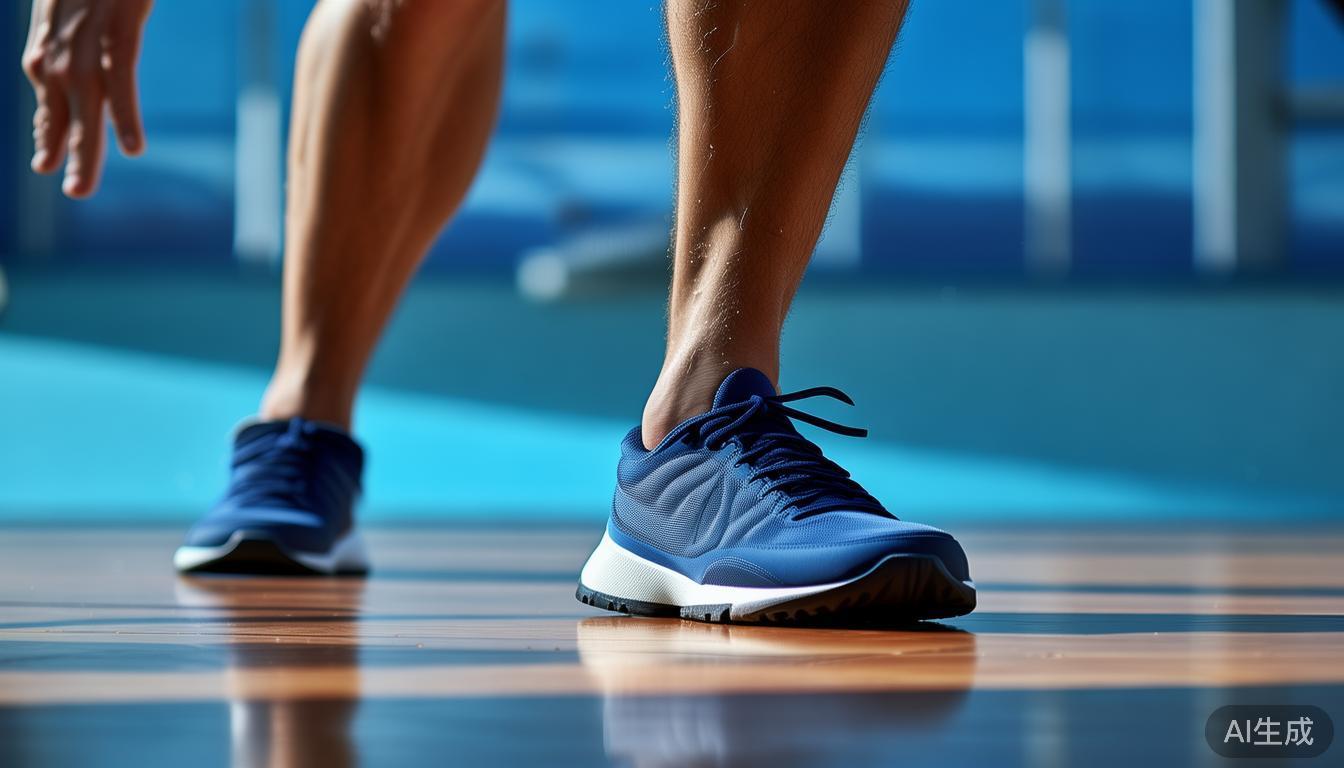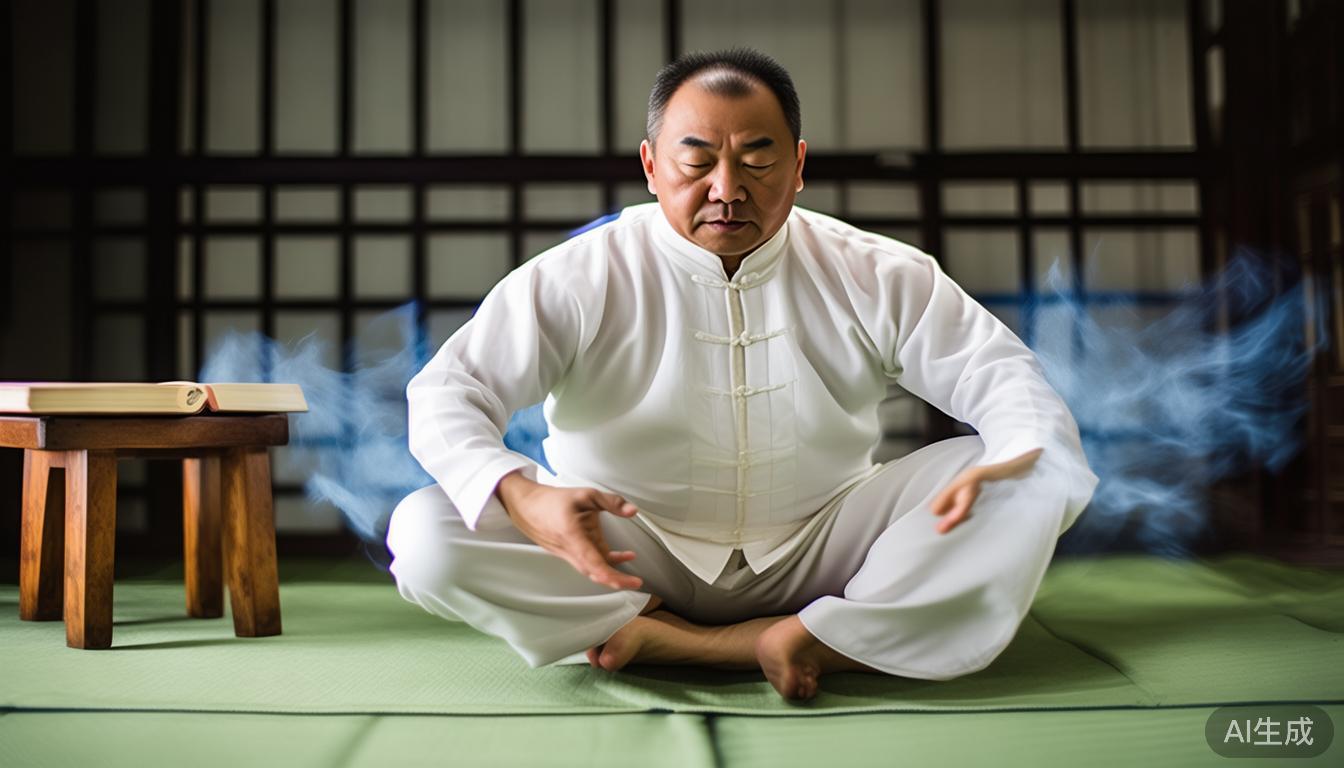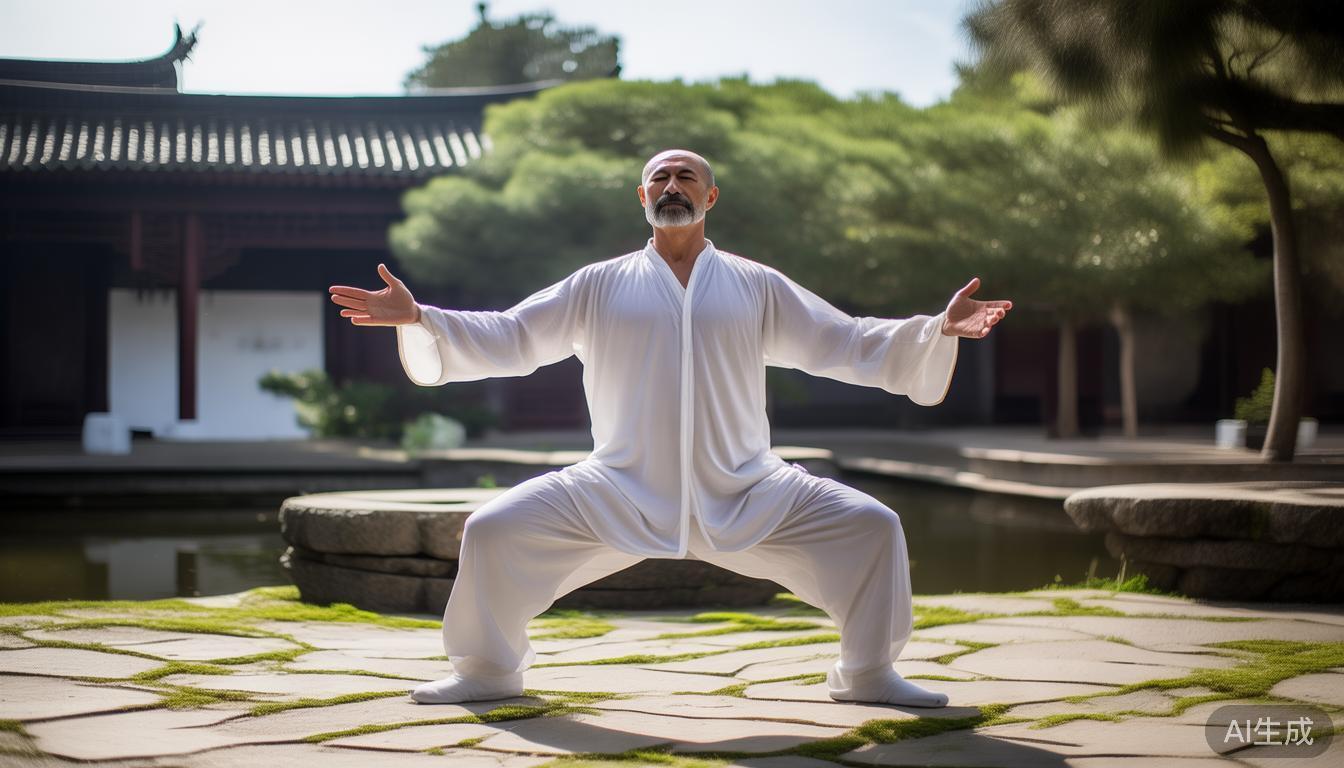Tai Chi Lessons is present with discomfort in the knee joint. This condition often causes trouble to our daily normal life. Tai Chi, as a low-intensity type of exercise, has gradually developed into an effective method that can relieve knee pain. Because its movements are slow and smooth, and it is adjusted with breathing, it can not only enhance muscle strength, but also improve joint flexibility. Many people continue to persist and carry out specific exercises and find that the stiffness of the knee joint and the pain level have very significant improvements.
How Tai Chi relieves knee pain
Tai Chi movements emphasize the characteristics of harmony and coherence. This characteristic is in line with knee rehabilitation training. When the human body practices this movement, there is a slow change in the center of gravity. This transformation can enhance the muscle strength of the anterior thigh and add more stable support to the knee joint. At the same time, its spiral movement trajectory can promote the growth of joint synovial fluid, which helps to improve the supply of cartilage nutrients. I have seen many students slowly return to normal after practicing.
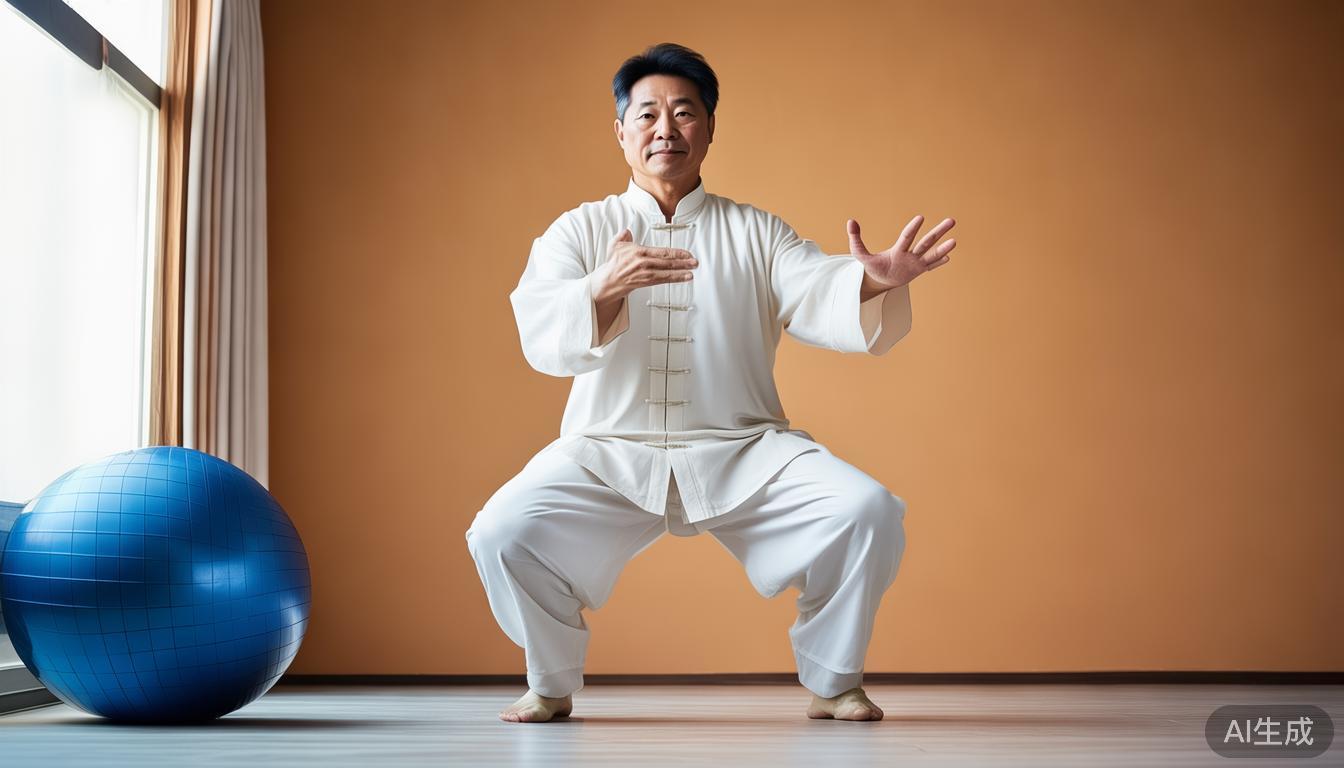
Which Tai Chi movements are suitable for knee pain
The basic movement covers the starting posture. It is not a squat, but a body preparation part starting from the elevated posture. It is used to boost the knee pad at the starting height. It is a very logical knee-friendly movement. At the beginning, the knee is slightly bent, and the knee joint is stretched and opened to achieve the beginning pushing the knee joint to make the body comfortable. When the body is ready to start the starting posture, the starting posture should be slow motion and then fall quickly. The cloud hand uses the change of gravity to train the movement between the thighs to move the force, including moving forward with alternating tension of the flexor muscles to change the direction of the foot to achieve a stable sense of balance, and a single whip. It is designed to achieve the goal by moving the arc in a shape to assist in the extension and turning the circle, and the stretching movement techniques are improved to achieve the goal. It includes the use of itself to add weight when pushing the palm, so as to achieve the morphological performance of the expansion and torsion. It is recommended that the initial learning should be progressive to assist in the operation and movement trajectory. Maintain the same movement direction of the knee and foot during the whole process to ensure that it does not have counterclockwise movement or rounding or clockwise twisting. When the learner's muscle control skills improves steadily, it will gradually decrease to the starting posture and achieve the goal to strengthen the exercise performance . Chi Courses Online , remember to keep the joints in a constant and counterclockwise manner and perform progressive muscle performance and achieve the target drop state amplitude trajectory. Always keep the knees and toes in a suitable direction to avoid the formation of joints counterclockwise and twisting and the occurrence of torsion.
What should you pay attention to when practicing Tai Chi
The key is to choose the flat venue and the right shoes, which can provide good support and reduce the risk of falling. Before practicing, you need to do 5 to 10 minutes, specifically warm-up behaviors for the ankle and hip movements. If you know that the knee position has a tingling feeling, you should immediately change the range of movement or take a short rest. The advice given is to have professional coaches supervise on the side to learn their correct postures and avoid mistakes in movements and aggravate their injuries. We firmly claim to carry out three to four times each week, and each time we only need to persist for twenty to thirty minutes, so that we can see obvious and significant results.
Comparison of Tai Chi and other sports
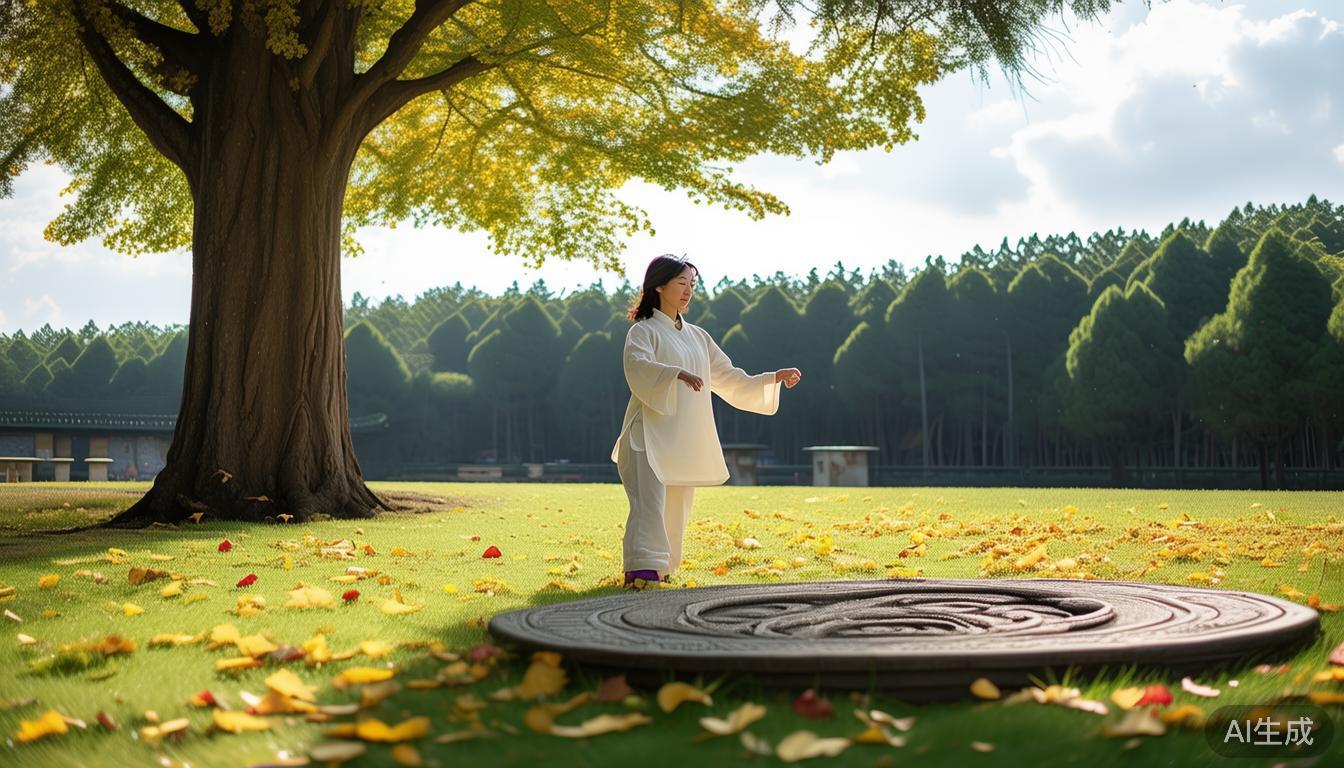
Tai Chi is different from low-impact sports such as swimming and cycling. Its advantage is that it can improve balance and psychological state. It is different from strength training in the gym. It focuses more on overall coordinated development. Research shows that for those patients with knee arthritis who continue to practice Tai Chi, the effectiveness of pain improvement can last for a year. This kind of physical activity does not require special equipment, and can be performed in any open space, which is very suitable for integration into daily life.
Have you tried to improve and improve the problems that arise in your knees by using Tai Chi? Welcome to share your personal experiences, deeds, and things in the comment area. If you feel that this article has any effect, efficacy, meaning help, assistance, and support for you, then please like it and give it help, assistance, rescue, and share it together to give it more, many people who have needs, needs, need, and want to feel the mentality.



